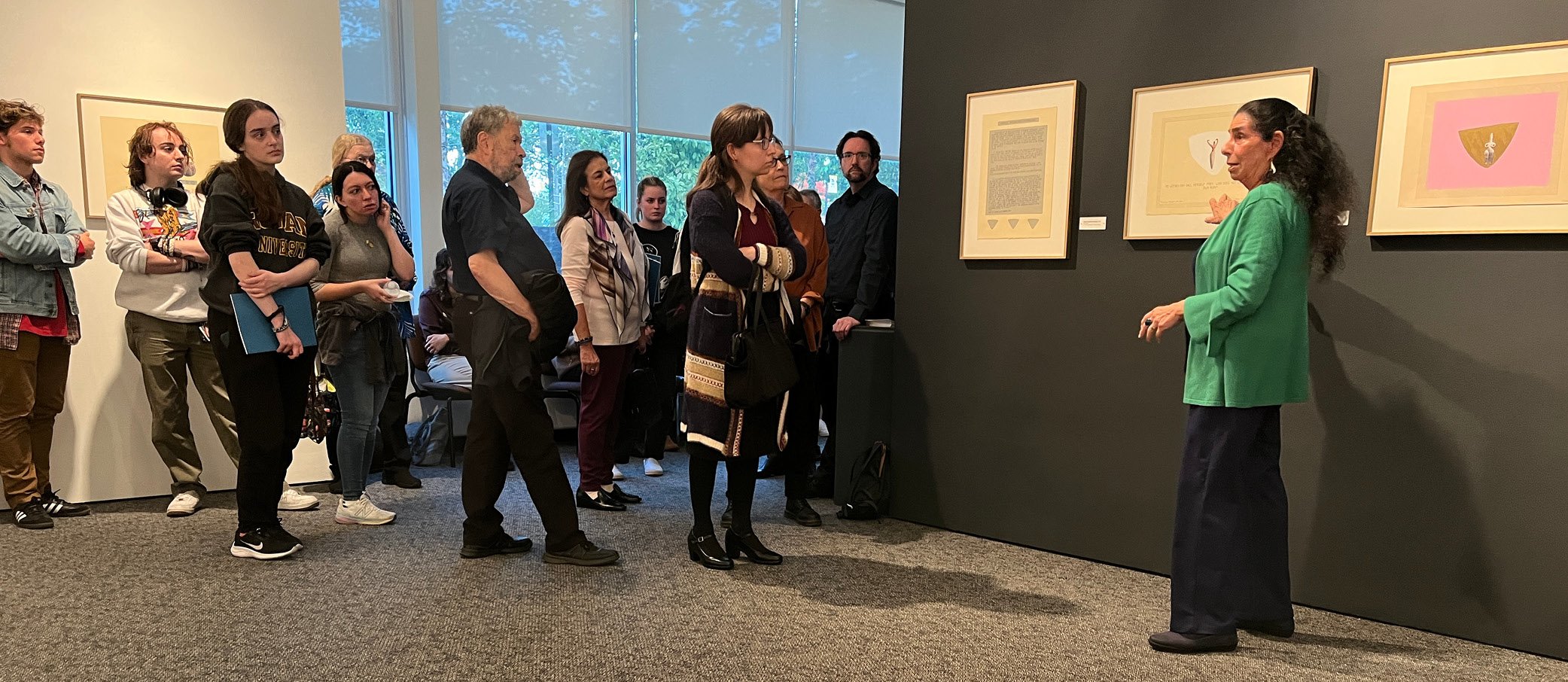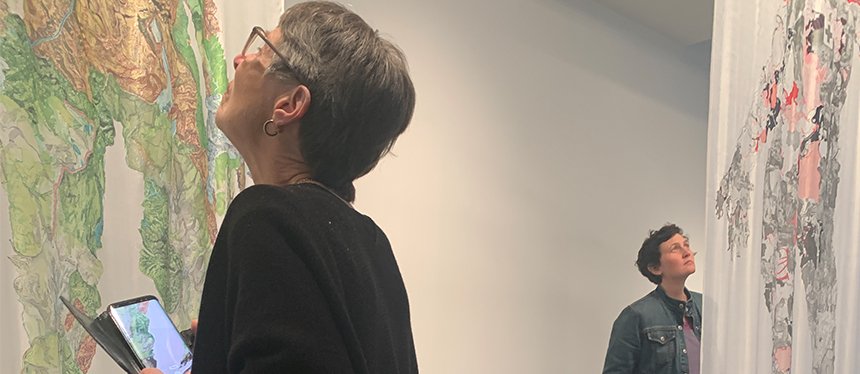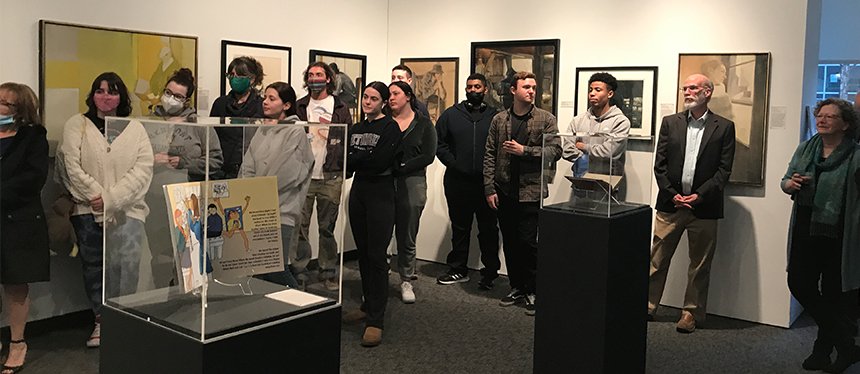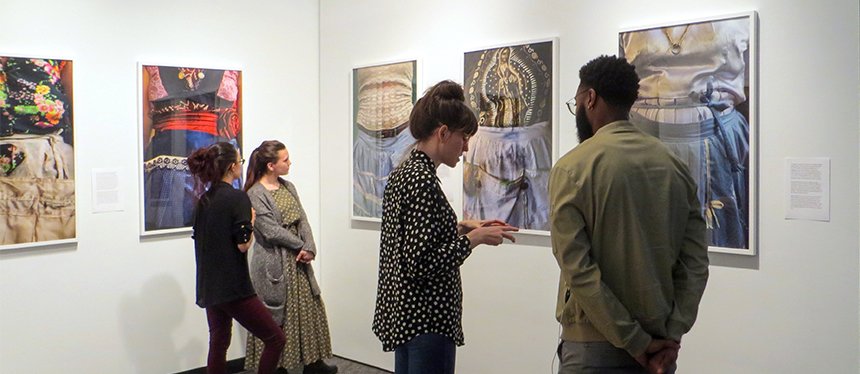Past Exhibitions at CASE
Past Exhibitions at CASE
SELECT PAST EXHIBITIONS AT CASE
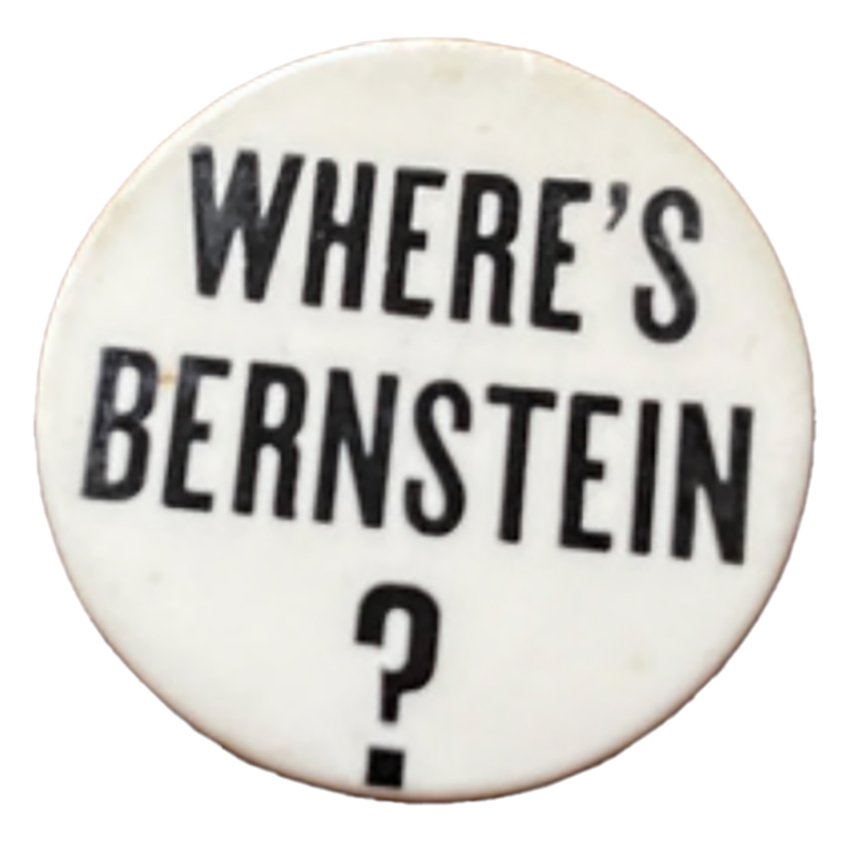
10 of 80 +1
February 13 - April 25, 2024
(re)FOCUS celebrated the 50th anniversary of Philadelphia Focuses on Women in the Visual Arts/1974. It was one of the first large-scale surveys of the work of contemporary American women artists, signaling the inception of the American Feminist Art Movement. Like its 1974 predecessor, (re)FOCUS was a collaboration among large, small, and diverse visual arts institutions throughout the Philadelphia region. As a participating venue, Rowan University Art Gallery and Museum presented 10 of 80 + 1 featuring ten artists from our permanent collection who were in the original 1974 exhibition including Judith Bernstein. Her work, Horizontal, was censored from the 1974 show and in response, buttons were created by the organizers in protest of Berstein's removal. 10 of 80 + 1 raised the issue of censorship as part of the exhibition with an essay by Kristin Qualls examining conditions existing in 1974 that led to the censorship of Berstein's work.
Participating artists included:
Pat Adam, Judith Bernstein, Blythe Bohnen, Louise Bourgeois, Diane Burko, Audrey Flack, Nancy Grossman, Lila Katzen, Alice Neel, Sylvia Sleigh.
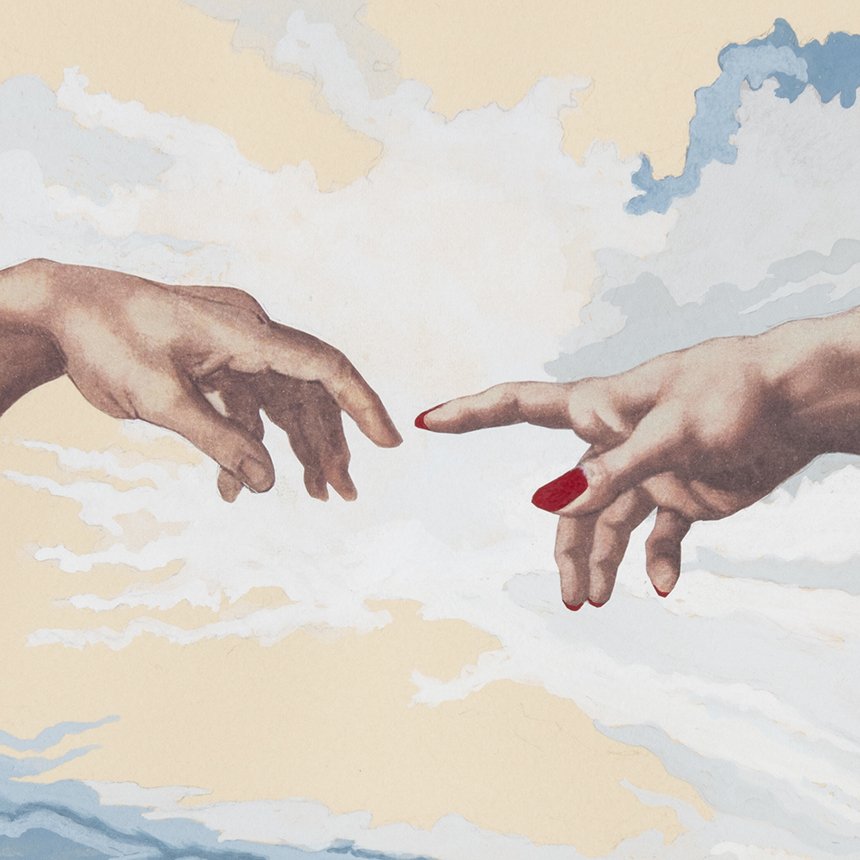
Cynthia Mailman: Origins of God
October 19 - December 14, 2023
In honor of the 45th anniversary of The Sister Chapel, Rowan University Art Gallery & Museum presents Cynthia Mailman’s series Origins of God. Origins of God is a visual and verbal dialogue across thousands of millennia, in which primordial and prehistoric imagery is paired with modern concepts and quotations. After creating a female incarnation of God for The Sister Chapel in 1977, Cynthia Mailman began to investigate the ancient representations of female deities that were later devalued and subordinated as mere “goddesses.” Mailman’s Origins of God began as a book but became an ongoing series that centers on modern conceptions of a male creator-god, biased interpretations of prehistoric artifacts, and contemporary challenges to women’s bodily autonomy.
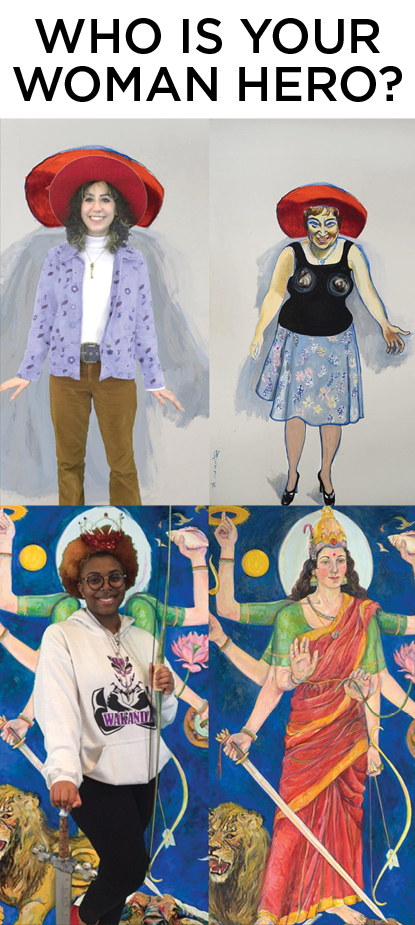
Monumental Selfie Project and Sisters Speak
February 14 - May 5, 2023
In recognition of the 45 anniversary of The Sister Chapel, CASE presented the Monumental Selfie Project, an interactive, immersive experience with sound, digital image capturing, and photobooth props. Harnessing the iconic backgrounds from The Sister Chapel paintings, visitors could choose which SC monument they wished to emulate as an action in capturing the power of the women hero featured in the painting. Standing in front of a green screen an image was taken with the chosen background embracing the subject.
To elevate this personal experience and transformation, the audio series Sisters Speak, portraying the voices of the iconic women of The Sister Chapel could be heard within The Sister Chapel monument.
MSP was an interactive, multi-discipline collaborative art engagement project at the Center for Art and Social Engagement that humanized concepts of public monuments, rendering them accessible and aspirational in seeing one’s own potential for personal greatness.
MSP was a collaboration between CASE and the Edelman College of Communication and Creative Arts Department of Radio, Television, and Film and the Biomedical Art & Visualization Program; the College of Performing Arts Deparment of Theatre and Dance; the School of Earth and Environment Deparment of Geography, Planning, and Sustainability; and the Campbell Library.
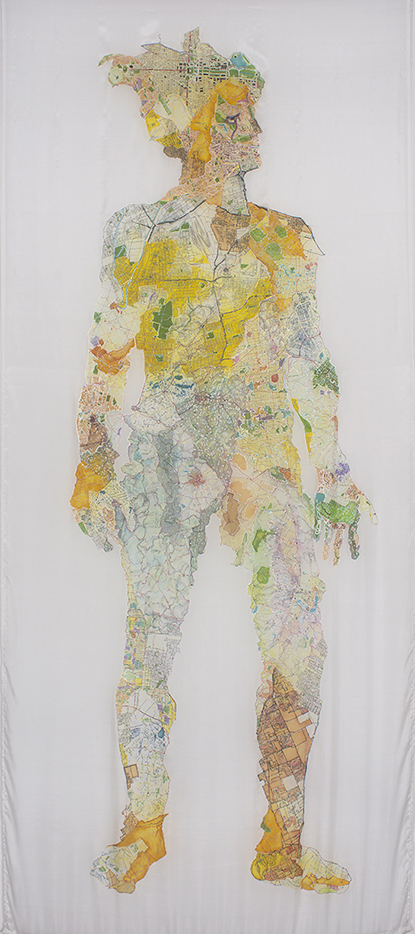
October 4 - December 21, 2022
In her collage and silk paintings, Erb embeds within the boundaries of a larger-than-life human form, navigational charts such as road, topography, and war campaign maps to represent the different facets of the human physiological system. Road maps become the nervous system, topographical maps become the circulatory system, and war maps become the lymphatic system.
Each work in the series stands at 9.5 feet high by 4.5 feet wide which are within the same dimensions as the works in The Sister Chapel. Like The Sister Chapel, Erb’s figures are larger than life, a monument to the Greek goddess Gaia: the personification of the earth. The title references the The Gaia Hypothesis that proposes that living organisms are synergistic with the inorganic surroundings on Earth that sustain the conditions needed for life on the planet. In some Gaia theory approaches, the Earth itself is viewed as an organism with self-regulatory functions. Thus the figure in the series becomes the vessel, “Earth”, in which these inescapable, predestined natural and man-made systems are functioning.
A Richmond, Virginia native, silk painter Emily Erb (b. 1982) has lived and worked in Philadelphia, PA since 2001. In 2005, Erb completed her BFA in painting at the Tyler School of Art and later earned her MFA from the Pennsylvania Academy of Fine Art in 2012. Although she was first introduced to silk painting while an undergraduate, Erb honed her skills while traveling to Madagascar for three months from 2005-2006; she then switched to painting exclusively on silk.
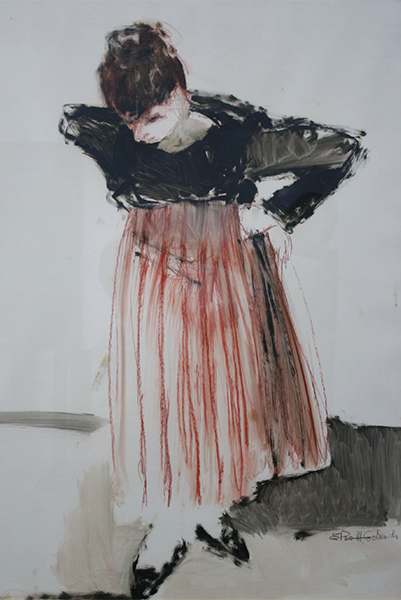
Mater/Filia: Elsa M. & Jo Ann Goldsmith
March 8 - May 5, 2022
Mater/Filia: Elsa M. and Jo Ann Goldsmith was the first exhibition to explore the intergenerational creativity of these two artists. Elsa M. Goldsmith (1920–2005) began as an industrial designer and book illustrator but turned definitively to drawing, painting, and printmaking. As a fine artist, she exhibited widely and was awarded the gold medal of honor at the 1969 International Week of the Woman in Cannes, France. Her nine-foot Joan of Arc, completed in 1976, is on permanent display in The Sister Chapel. Elsa’s daughter, Jo Ann (1949–2020), focused on advertising, branding, and illustration throughout her long career. She was a highly successful art director at several prominent advertising agencies between 1971 and 1985, after which she worked as a freelance consultant, art director, and illustrator. Jo Ann was the recipient of a Clio Finalist Award for pharmaceutical advertising in 1974. Mater/Filia featured nearly three dozen works by the Goldsmiths, with emphasis on their shared interest in design and illustration, as well as their mutual inclination toward process and seriality. Among the exhibited works are important paintings, drawings, and prints from the permanent collection of the Rowan University Art Gallery, which were recently donated by Cris and Jo Ann Goldsmith. Mater/Filia was made possible by a generous contribution from the estate of Jo Ann Goldsmith.
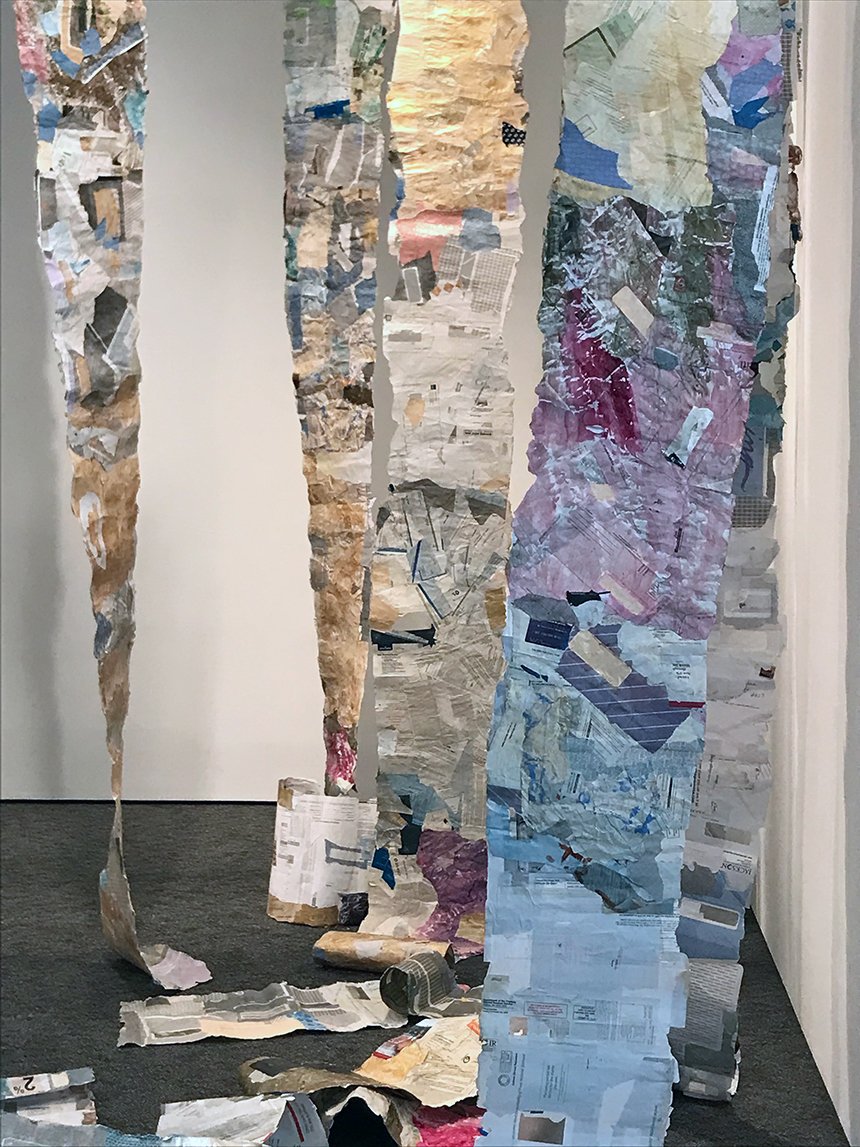
Vernita Nemec a.k.a. N’Cognita
October 18 - December 17, 2021
The Weight of Paper: Endless Junkmail Scrolls was a response to the complexities surrounding the paper industry and the production of junk mail waste. Vernita Nemec, a.k.a. N’Cognita, began the Endless Junkmail Scroll in 2006 as a form of protest and as an environmental statement about the oppressive quantities of junk mail that fill our mailboxes. She adds fragments of paint, words, drawings, and photographs to the surface of the security bank envelopes that serve as the basic structure for the scrolls, which is over 400 feet in length and continues to grow.
As a feminist and activist artist, recycling has become an important thread running through Nemec’s creative and curatorial works. In 1969-70, she co-curated “X12”, an important early feminist group exhibition, and worked with such political art organizations as the Art Workers' Coalition (AWC), Women Artists in Revolution (WAR), and Artists Meeting for Cultural Change. She began to use the pseudonym N’Cognita, to honor under-recognized artists. In the 1990s, she served as the director of Artists Talk on Art and as an independent curator at the Henry Street Settlement for the Arts. She is currently the director of Viridian Artists, an artist-owned contemporary gallery in New York City. Nemec has exhibited internationally in Budapest, Mexico City, Berlin, Dublin, and Moscow. She has had more than 30 solo exhibitions and has shown at numerous galleries and museums in the U.S.
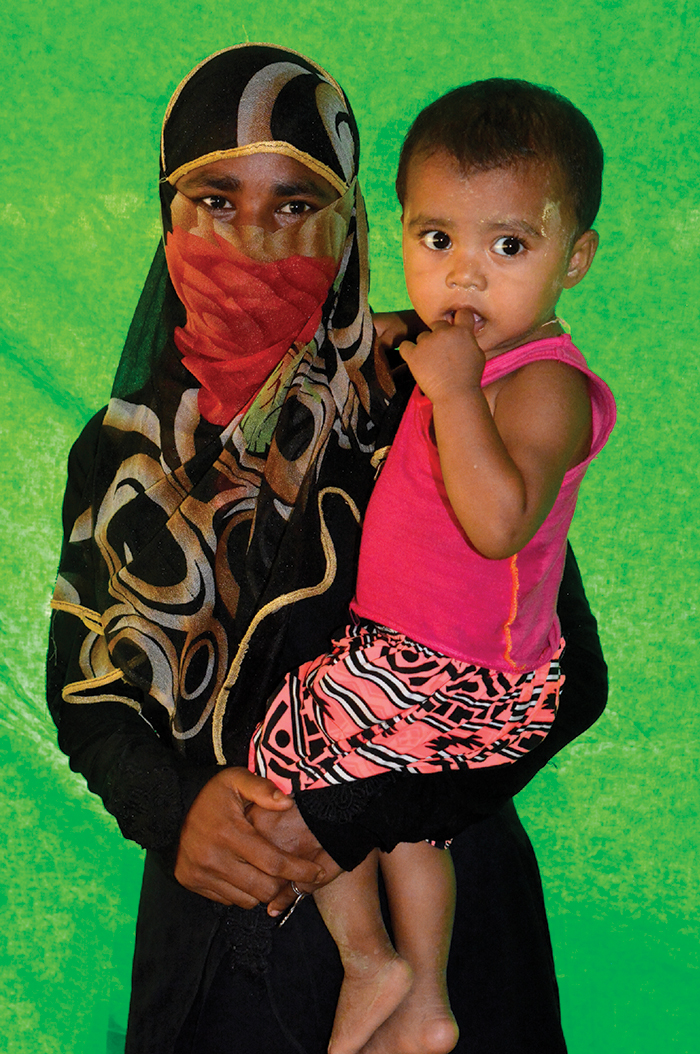
Celeste Huang and Alexander Huang
November 18, 2019 – February 20, 2020
“How does one address the Global Refugee Crisis?
For us, we start one face at a time.
The United Nations calls the Global Refugee Crisis the ‘greatest humanitarian crisis of our time.’ Over 70 million people have been forced to flee their homes due to conflict or persecution. That’s 1 person every 2 seconds.
Every. Two. Seconds.
The Power of Faces portrait project intentionally crops out the context of refugee camps to focus on individuals, and not merely their label as “refugee.”
We also bring photo printers into refugee camps because we believe having a physical photo of family or friends can be a great comfort in times of need. To date, we have distributed thousands of portraits for people to keep.”
– Celeste Huang and Alexander Huang
Celeste Huang and Alexander Huang are a sister and brother team of journalists raising awareness of the global refugee crisis. They have documented refugee camps and displaced people in Greece and Mexico and are key members of a major global portrait project called “The Power of Faces” that seeks to humanize this crisis, which the United Nations calls “the greatest humanitarian crisis of our time.” Celeste and Alexander have documented refugee boat landings in Greece as well as nighttime ocean patrols with the Greek Coast Guard. They have interviewed displaced individuals in camps in Athens and Chios, Greece and Tijuana, Mexico. Alexander and Celeste’s work has been exhibited at Amnesty International, The Middle East Institute, numerous colleges and high schools, and other institutions. Their photographs related to the refugee crisis have appeared in several magazines and online media.
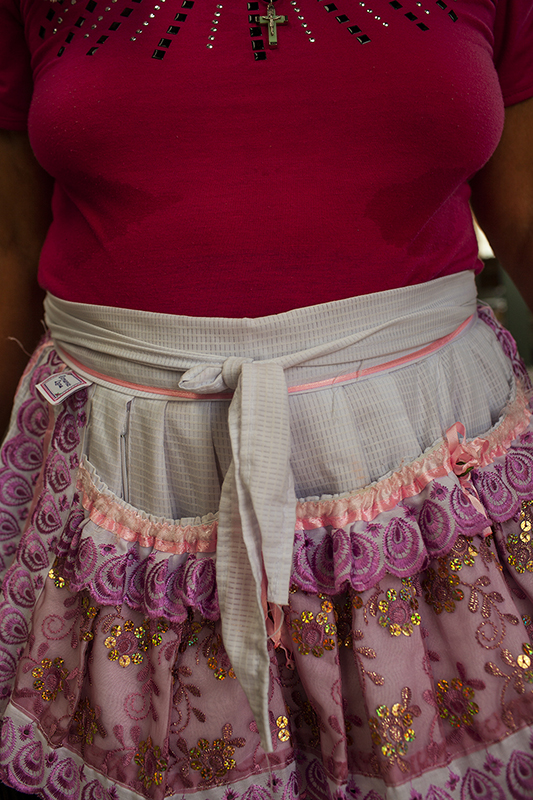
Susan Sterner
March 14 – May 10, 2019
Estoy Por Aquí / I Am Here is an ongoing project exploring the challenges and contexts of women working in the informal economy of central El Salvador and the political and social upheaval that has fed a multigenerational cycle of emigration and fractured families.
The objective of this project is to explore and deepen the narrative around working-class women of El Salvador, their roles in sustaining communities, and their connections to emigration to the United States. In El Salvador women who earn income in the public markets and informal economy can be identified by their use of elaborate aprons. The aprons (delantales in Spanish) feature layers of ruffled or heavily embroidered lace often in flamboyant eye-catching colors and textural combinations that accentuate the curves of their bodies. These aprons signal to potential clients that the women are capable and at work. It’s as if they are wearing their business cards. The aprons are also highly functional with deep open pockets defined by the lacey facades, as well as hidden compartments used to hold identity cards, receipts or cash.
The work of the market women at the center of Estoy Por Aquí / I Am Here, and women like them across El Salvador keeps parts of the lower economic sectors from complete marginalization and subsistence-level living. These women fluidly redefine family and care for the young and the elderly as members of the community are targeted by gang violence and forced to flee the region or country for safety. They play the role of protector to the youth and young adults who choose to remain but are cut off from resources like education, employment, and humane health care. These are the women who stay behind, who hold it together.
Susan Sterner is an educator and documentary photographer. She started her career as a photojournalist freelancing with national and international publications while based in New Orleans, La. She worked for the Associated Press as a staff photographer, based in Mississippi and California. With the AP she covered domestic issues such as immigration, child labor, and families in poverty as well as U.S. border issues and social change in Haiti. A two-year fellowship with the Institute of Current World Affairs sent Ms. Sterner to Brazil to photograph and write about women’s lives and access to resources. After returning to the United States, she worked as a White House photographer, documenting the official and the behind-the-scenes life of the presidency. Since 2006 she has coordinated the undergraduate program in photojournalism, emphasizing a multimedia and multi-disciplinary approach and 2011 she developed and launched a graduate program in New Media Photojournalism at the Corcoran School of the Arts & Design at George Washington University in Washington, D.C.
